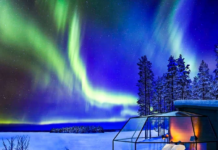In the world there are a multitude of breathtaking places and landscapes not yet contaminated by mass tourism and, precisely for this reason, wonderful. Today we are almost sorry to have to suggest these new alternative travel destinations to the usual cities of art (beautiful, but how many times have we been there?) Those beaches, or those mountains where we spent our holidays.
Today we go off the radar and go to find places, which deserve much, much more attention than they have had up to now. Although unfortunately, as you will see, not all destinations are currently accessible for various reasons, we hope they are or will soon be back. We are confident that this latest variant of the pandemic will soon retire, and with it the latest restrictions, in order to finally be able to travel back to wherever and whenever we want.
In the meantime, I’ll tell you about them. Make yourself comfortable.
ALTERNATIVE TRAVELS outside the RADAR of mass tourism
# Mongolia, an untouched Eden
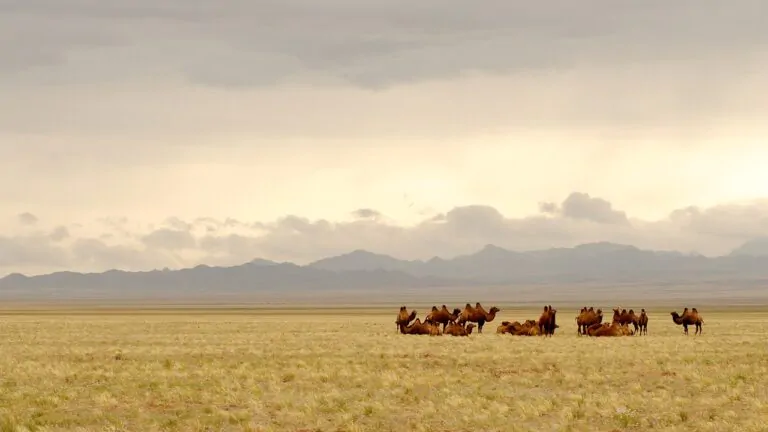
The Mongols are a peaceful and hospitable people, and some areas of this country are so remote that you could drive for a whole day without encountering any signs of human presence. And it is precisely the uniqueness of this pristine eden that fascinates many people. Residents of Ulaanbaatar are also beginning to explore the rest of the nation, and camping spreads among urban dwellers. Protected areas cover nearly a fifth of the nation and the government is looking to extend them further. The nomadic culture of Mongolia is renowned: you can sleep in a shepherd’s gher (traditional felt yurt), help herd the sheep, mount the horses, experience a real ‘return to nature’, made even more intense by the legacy of Genghis Khan and resurgent national pride.
# The territories of the Native Americans: knowing how to go beyond stereotypes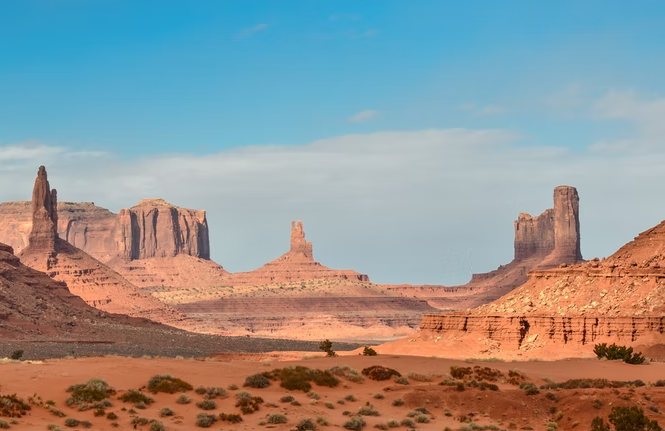
To get to know a different America away from stereotypes, you absolutely must visit the independent territories of the Native Americans. About three hundred federal reserves remain in the United States today, covering an area of more than fifty-two million hectares, with a concentration west of the Mississippi River.
Of these, only twelve are directly entrusted to the Indian tribes and the largest are respectively those of the Navajo and the Hopi, known above all for the immense landscapes typical of the Far West such as the deep canyons and Monument Valley. They are truly incredible places, where what remains of the true inhabitants of North America lives under the banner of respect and honor, the same values that Native Americans show (and expect) from tourists.
# Alaska, a scary beauty
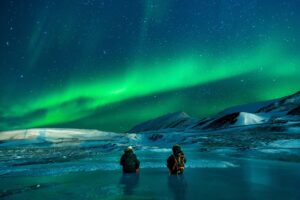
His myth was made famous by Sean Pean’s masterpiece (Into The Wild) which tells the true story of the explorer Christopher McCandless, who went on an adventure journey rejecting the comforts and hypocrisy of modern societies and then finding his death. in the Magic Bus. Which for the record, it really existed but was removed by the governor of Alaska because many emulators of the famous explorer had gone in search of it with inevitable risks.
Dangerous adventures aside, Alaska, the largest (and least populated) state in the United States, is a land of frightening natural beauty, for its frozen lakes and snow-capped mountains. If you love extreme situations, this is the country for you.
# Crimea and its autonomous city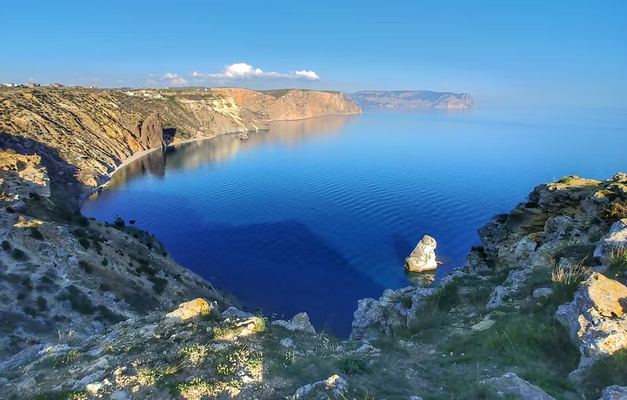
The current conflict (which we hope will remain a semifreddo conflict) between Russia and the disputed Crimean peninsula in Ukraine is extremely topical. In any case, whether we can go there in a month or in ten years, if the Russian threats do not shock the country, the best thing is to start a trip to the Crimea from its largest city: Sevastopol. A place of military glory and, on an administrative level (one of the reasons for the hostilities), an “autonomous city”. On a tourist boat you can set sail from the Molo del Conte and along the bay of Sevastopol through wonderful views of land and sea.
Far from the capital, however, in the winding bay of Balaklàva, you can contemplate an incredible natural landscape and the main tourist port of Crimea. Here we highly recommend renting a boat and taking a ride across the bay to the open sea, up to the rocky caves. As per the next point, everyone hopes that this country can be visited again soon. Hoping it will not end up in Syria, where a thousand-year-old artistic and cultural heritage has been largely destroyed forever.
# Haiti, natural beauty against all odds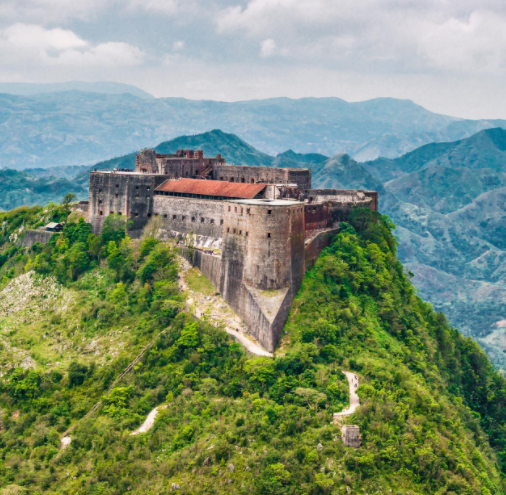
A country battered first by the 2010 earthquake and then by political and economic instabilities have certainly not affected the natural beauty of a country, that of Haiti, which cohabits with the more peaceful and equally beautiful Dominican Republic on the island of Hispaniola. Almost all governments and foreign ministries (including the Farnesina) advise against traveling here in the coming years, but, apart from the wonderful beaches such as Labadie, the staple of Haitian tourism is the city of Cap Haitien which offers the world the remains of the Palais du Sans-Souci, a sumptuous residence built by King Henri Christophe in the early nineteenth century and the Citadelle Laferrière, an incredible castle built on top of a hill to protect the king and his family.
The fortress, the largest in the entire northern hemisphere, has been declared a World Heritage Site by UNESCO: it could contain supplies for the king with his entourage and five thousand men of his army and was designed to repel any army landing. Napoleonic. But he never fired a shot.
# Molise divided between hills and mountains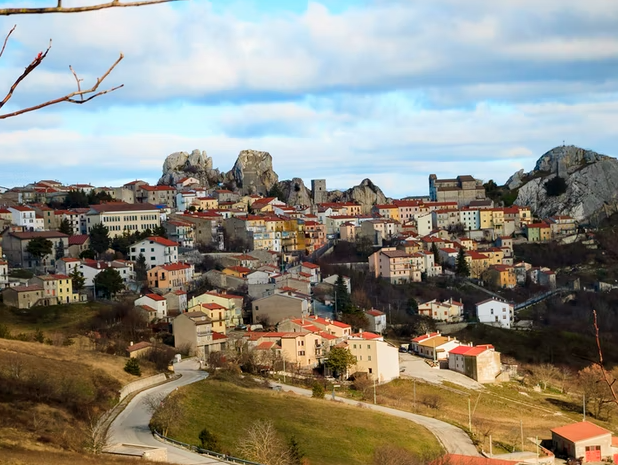
Despite the ironic hashtag #ilmolisenonesiste (molise doesn’t exist), which went around the world and became a registered trademark, Molise exists, and how. It is a region in Italy, rich in history and natural beauty, with traditions of very ancient origin. Its territory is equally divided between mountains and hills: crossed entirely by the Apennine ridge, the terrain slopes, with wide undulations, towards the narrow plains until it reaches the sea.
From the peaks of the Monti della Meta and the Monti del Matese, we pass to the Frentani Mountains, with their rounded shapes, and to the plains of Bojano and Venafro, where the mountains and hills gradually give way to the plain and the forty kilometers of coast on the Adriatic Sea. Among the many seaside towns scattered along the coast, Termoli stands out, from where you board to reach the pristine Tremiti Islands. Molise is a land still untouched for long stretches, with spectacular cuisine and inhabited by a people welcoming to tourists, who can find here everything they are looking for.
ALESSANDRO VIDALI





